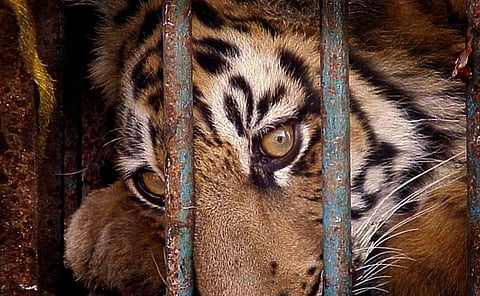On the face of it, India has a fairly reasonable wildlife conservation record. Protected areas cover 5.2 percent of the land mass. Large mammals like elephants and tigers continue to survive. The sarus crane, the world's tallest flying bird, is endangered but not extinct from the wilderness like it is in Thailand. Similarly, the rhinoceros, which has vanished from Burma and Vietnam, is still found in India.
Behind these superficial successes, there are many failures rooted in conservation policy. India's wildlife refuges are currently under tremendous pressure. The examples from Arunachal Pradesh are particularly compelling. According to conservation biologist Ghazala Shahabuddin, 50 percent of India's flowering plants, 50 percent of its birds, and around 25 percent of its mammals have been spotted in this state, which has been identified as a biodiversity 'hotspot'. She also points out that scientists have discovered several species of mammals there, some even within the last five years. Yet, there are 13 massive hydroelectricity projects planned for the state. Engineering projects of this scale entail new roads, reservoirs and infrastructure. Hydrology and ecosystems will be dramatically altered and locals will be displaced.

